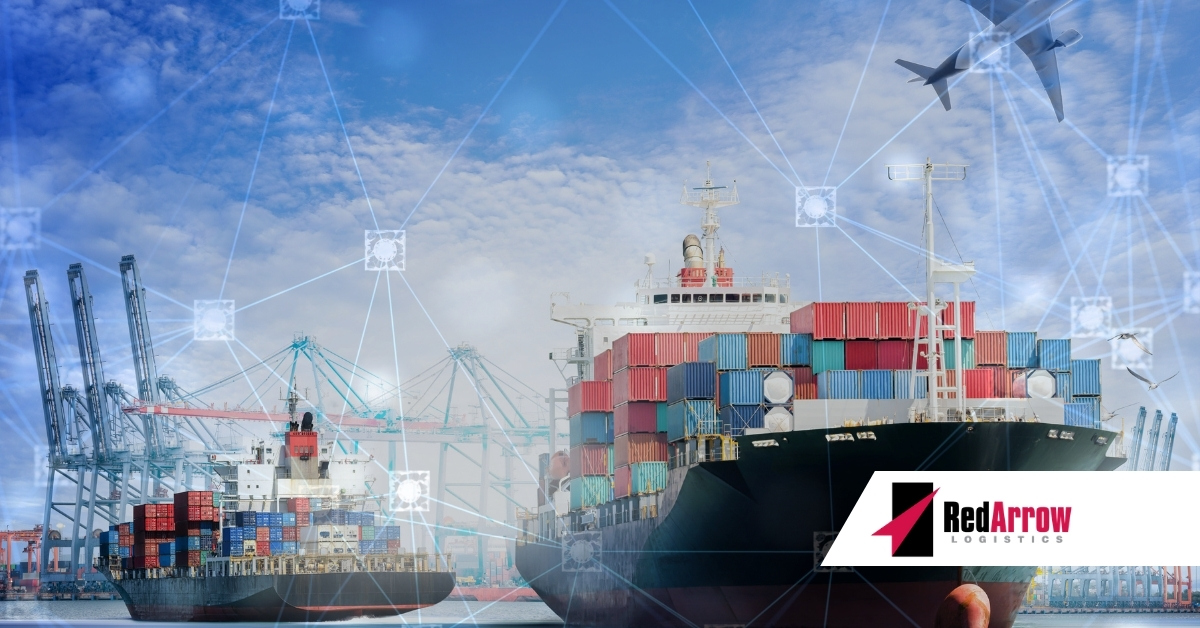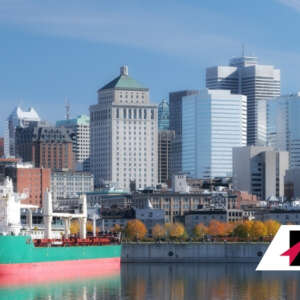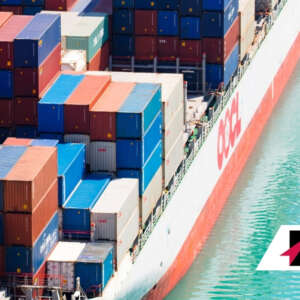The pace of e-commerce demands that companies continually invest in technology to enhance supply chain visibility. Logistics companies that have visibility in their supply chain offer better transparency with their orders, and as a result, have more effective operations. Supply chain visibility goes far beyond simply tracking orders though because it gives a competitive edge in today’s global market. This is not to say, however, that complete supply chain visibility does not come without its own challenges.
Why is Visibility Important?
Supply chain visibility is the ability to track goods through the process and until they reach their final destination. The process of getting raw material to a finished product often involves many different locations and people involved in the process. The longer the supply chain, the more difficult it becomes to keep track of all of the channels. A supply chain that offers complete visibility means that all parties have access to data at any point of the process. The three main goals of visibility within the supply chain should be to reduce risk to the business, improve lead times, and identify any shortage issues.
The Impact of Improved Visibility
There are several advantages to improved visibility. When access to data is free from any barriers, information can be shared to plan, increase productivity, and cut costs. For example, with better data regarding lead times, the amount of inventory on hand can be reduced, which cuts warehousing and storage cuts, which impacts the bottom line. With increased visibility, the supply chain becomes more flexible so making changes midstream is possible.
Visibility allows access to large amounts of data, which can help make decisions regarding the supply chain. Because the decisions are backed by data, there is a greater chance for better success at every point along the supply chain. The data can also help determine how to align the supply chain to meet customer demands.
Challenges of Supply Chain Visibility
The lack of supply chain visibility is a problem in many of today’s global supply chains. Once an issue occurs, supply chain managers need to be able to react to it quickly. However, achieving complete supply chain visibility comes with challenges, especially for smaller companies that might not have the resources to allow for total transparency. Many companies have information in separate silos which is not shared. The sharing of information must occur at all levels of the supply chain, which can present an issue with certain systems. In order to be effective, data must be relevant and real-time.
Technology Increases Supply Chain Visibility
Technology can help the challenge of sharing information among all levels of the supply chain. The following technological advances increase transparency along the supply chain.
Internet of Things: The Internet of Things (IoT) is opening up more opportunities for visibility within the supply chain while diminishing risk and costs. Sensors in cargo ships, trucks, and trains enable shipments to be monitored and tracked. The sensors transmit information that can predict risks or give inside knowledge. It is providing a more accurate in-transit view on the delivery of goods.
AI: Artificial intelligence (AI) and machine learning are helping to automate processes. Computers use data to provide information or trigger an event. This gives better visibility to the supply chain via data accessibility and overcoming some of the challenges of many people having the ability to see the data. In addition, it cuts costs by giving more optimized routes, improved forecasting, and faster deliveries.
Centralized Data: Data can be collected and stored in one location, but allow for access from multiple sources. The central location of data allows companies to use correlations between existing problems to reduce future delays.
TMS: A transportation management system (TMS) can manage incoming data to identify inefficiencies and disruptions within the supply chain.
The pace of e-commerce is demanding that logistics companies continually invest in technology to enhance visibility. Being able to make informed decisions as quickly as possible can be achieved by using technology. The move to a more digital supply chain increases the flow and accuracy of information so all parties can stay informed and make data-based decisions.
Your Trusted Partner
At Red Arrow Logistics, we provide expertise and white glove customer service with fast-growing, complex, and high-value supply chains. As the next-generation model of logistics companies, we offer tailored transportation and logistics solutions — from single shipments to complex over-dimensional and international orders.
Red Arrow offers the scale and scope of services including air, ocean, and ground transportation to meet the budget and schedule requirements of the largest and smallest companies alike. If we can be of assistance, please email us at info@redarrowlogistics.com or give us a call at 425-747-7914.





